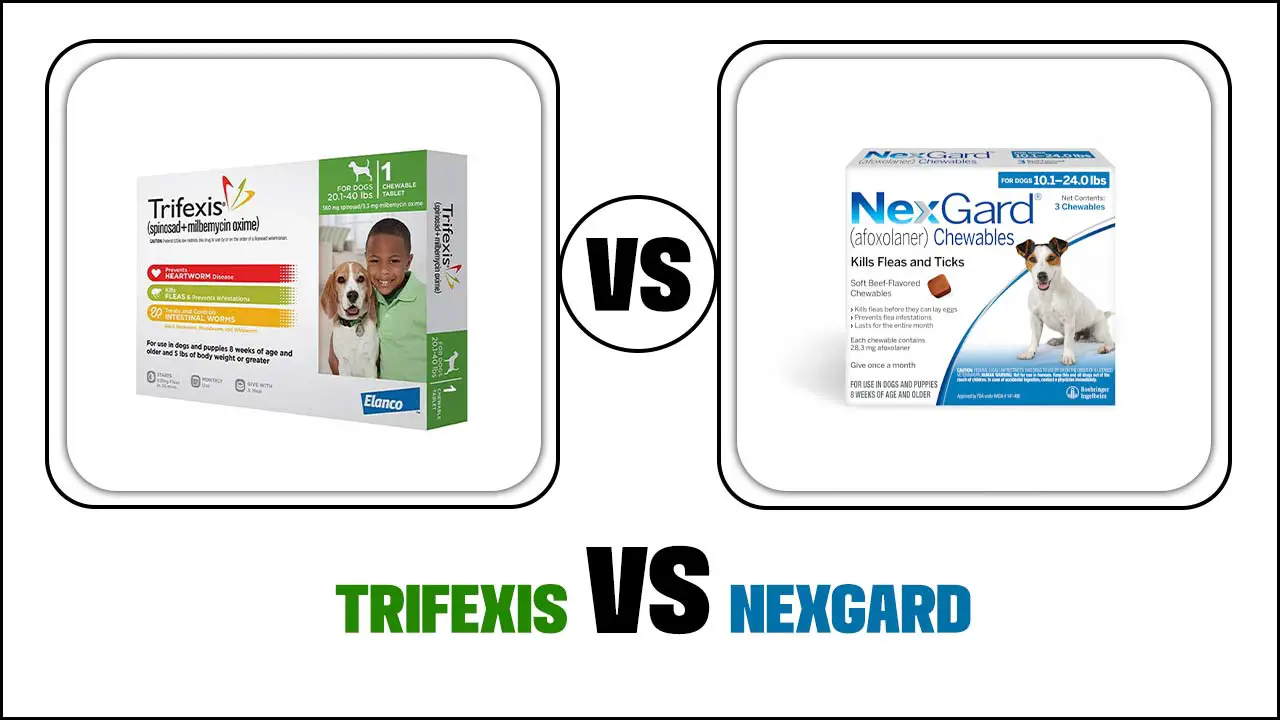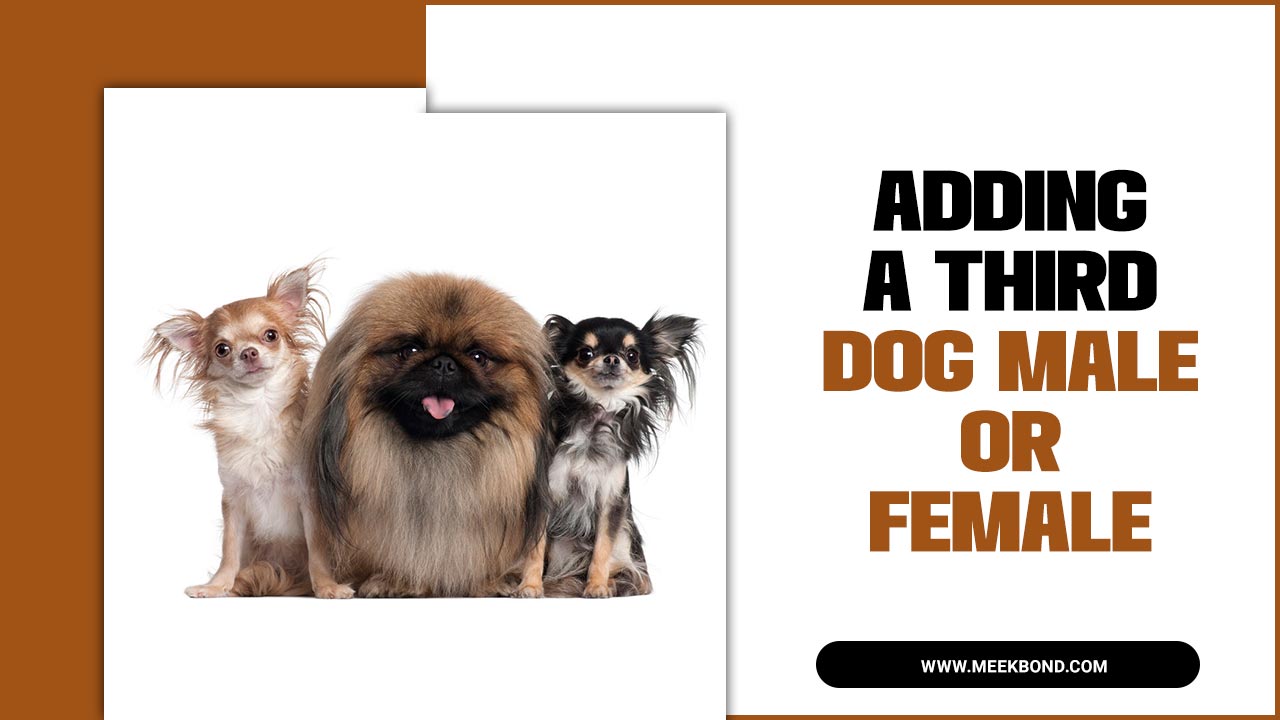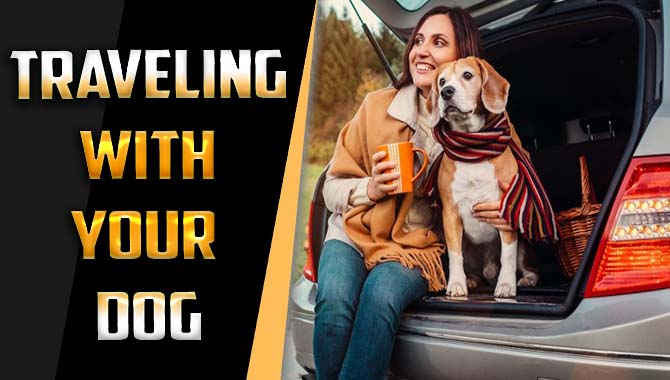Dogs are man’s best friend, but they can be a bit tricky when introducing new puppies into their homes. As pet owners, we want our furry friends to get along and live happily together.
However, sometimes, our older dogs may feel threatened or anxious about a new puppy’s presence, which can cause them to run away or hide. This behaviour can be worrisome for pet owners, but it’s essential to understand that it’s entirely normal. It may take some time for older dogs to adjust to a new puppy, but with the right approach, you can successfully alleviate their fears and create a harmonious household.
Here, we’ll explore why my dog runs away from new puppy and provide practical tips on how to fix this behaviour. From understanding your dog’s body language to establishing a safe and comfortable environment for both pets.
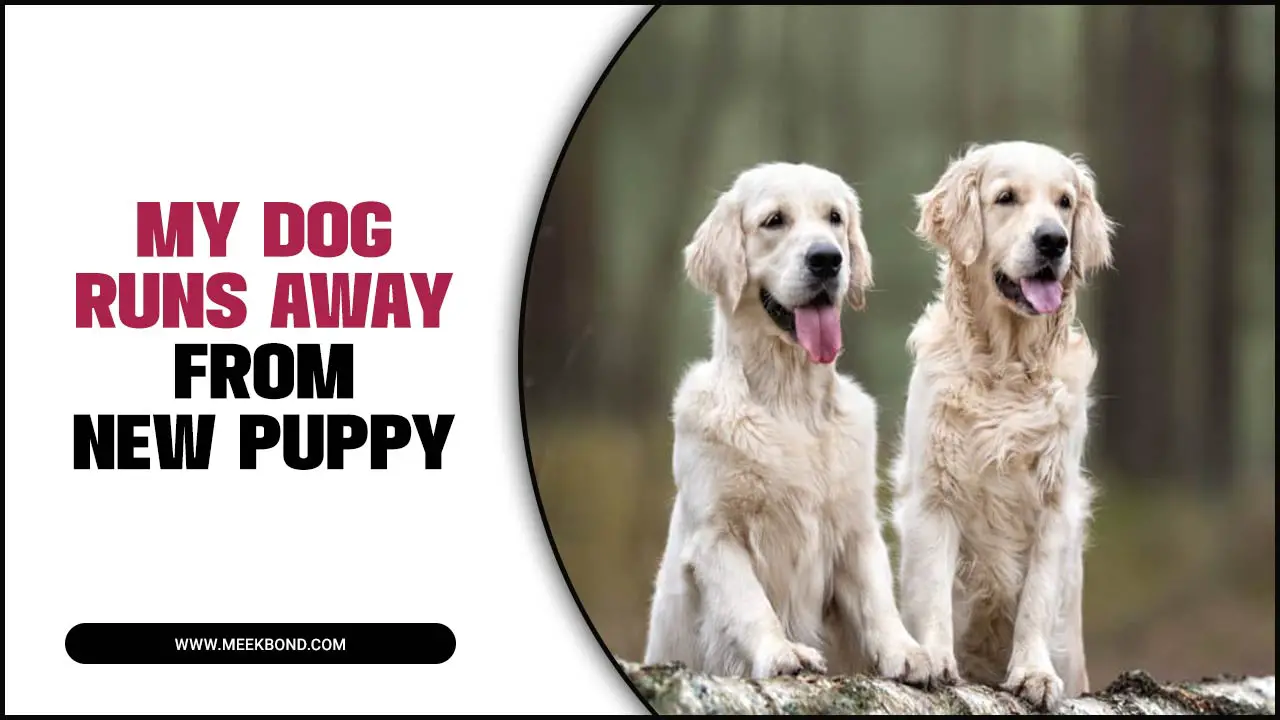
My Dog Runs Away From New Puppy-10 Best Tips To Stop It
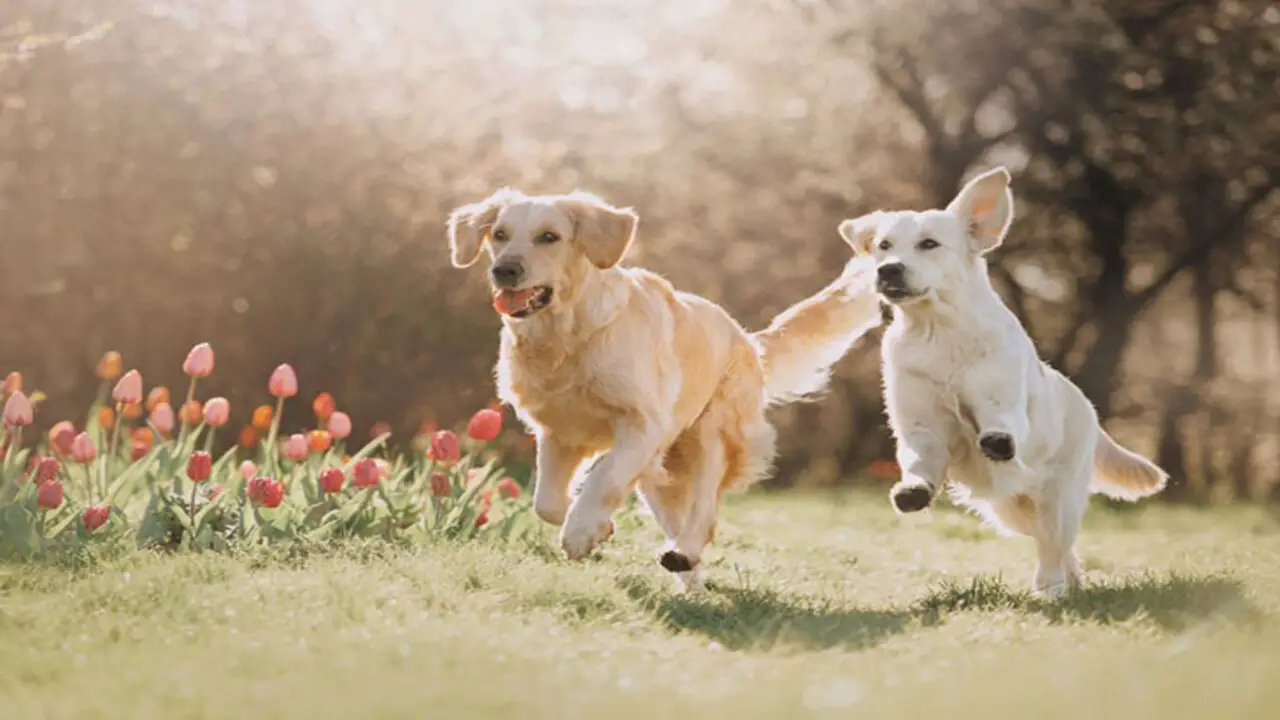
Establishing a positive and safe environment for both dogs reduces anxiety. Gradually introducing the new puppy to the older dog can help avoid overwhelming them. Positive reinforcement to reward good behaviour and encourage bonding is an effective approach.
Giving each dog its own space and separate feeding areas prevents conflicts. It’s important to supervise interactions between the dogs and intervene when necessary. Remember, patience and consistency are key in training and management. Here are the 10 Best tips to stop my dog runs away from new puppy.
Understanding Why Your Dog Is Running Away From The New Puppy
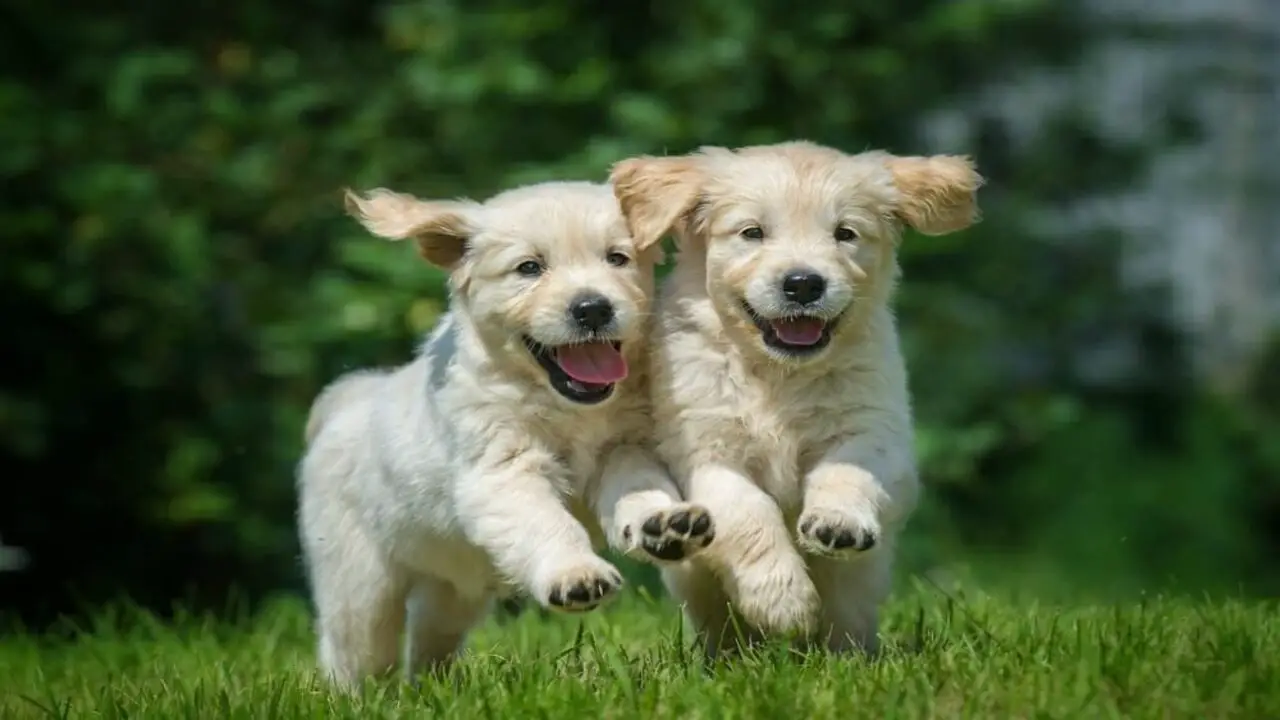
When a new puppy enters the picture, it’s not uncommon for dogs to feel threatened or anxious due to changes in their routine or environment. Some dogs may exhibit territorial behaviour and perceive the new puppy as an intruder.
Fear or mistrust towards the new puppy can also cause the older dog to run away. Additionally, feelings of jealousy or neglect may lead to avoidance behaviours. The key is proper socialization and gradual introductions, which can help alleviate these issues and create a harmonious bond between the dogs.
Give Your Dog Time To Adjust And Introduce Them Slowly
Allow your older dog to acclimate to the new puppy’s presence at their own pace. Begin with short, supervised interactions and gradually extend the duration. Use baby gates or separate rooms to establish a safe distance between them when necessary. Dedicate quality time and attention to each dog individually to prevent any feelings of neglect. Remember that forming a bond between the dogs may take time, so be patient and understanding.
Create A Safe And Comfortable Space For Each Dog
To create a safe and comfortable environment for each dog, it is important to provide separate sleeping areas, such as crates or beds, for each dog. This not only gives them their own space but also helps prevent any potential conflicts that may arise. Each dog should have food and water bowls and separate sleeping areas to avoid resource guarding.
Additionally, it is beneficial to have separate toys and chew items for each dog to prevent any potential disagreements. Designating specific areas or rooms where dogs can have their own space allows them to retreat and have some quiet time when needed. Ensuring both dogs have access to these safe spaces is crucial for their overall well-being and happiness.
Use Positive Reinforcement And Reward Good Behaviour
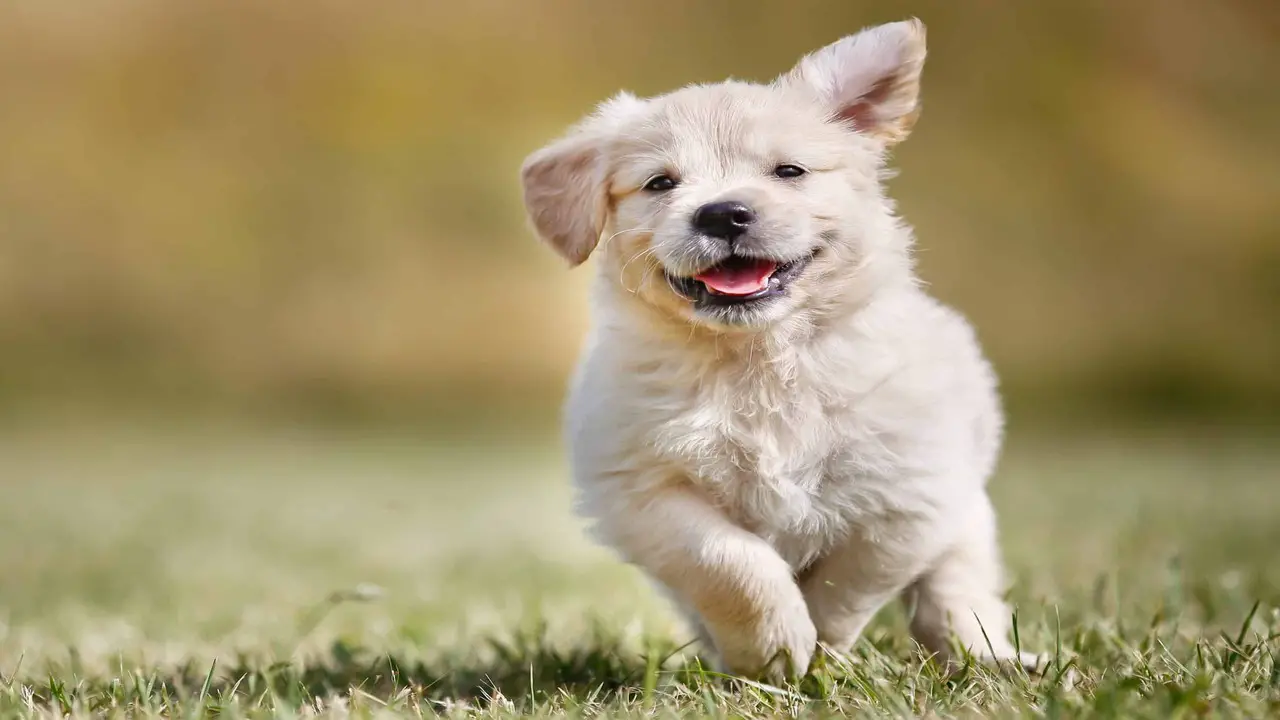
To foster a positive relationship between your older dog and the new puppy, utilize positive reinforcement and reward good behaviour. When they interact calmly and amicably, reward them with treats or praise. Implement positive reinforcement techniques like clicker training to reinforce desired behaviours.
Positive behaviours exhibited in each other’s presence should be consistently rewarded to strengthen their bond. Avoid punishing or scolding either dog, as it may create negative associations. By using positive reinforcement, you can encourage a harmonious relationship between your resident dog and newcomer.
Provide Separate Feeding Areas And Individual Attention
To prevent food-related conflicts, feeding each dog in a separate area is important. This ensures both dogs have their own space and reduces the likelihood of aggression over food. Additionally, giving each dog their mealtime attention helps to avoid favouritism and ensures that both dogs feel equally valued.
Spending quality time individually with each dog is also crucial to maintain their bond and trust. Engaging in activities that your older dog enjoys can prevent feelings of neglect and help them adjust to the new puppy. Remember to ensure that both dogs receive equal attention and affection from you.
Supervise Interactions Between The Dogs And Intervene When Necessary
During the initial interactions between your dogs, it is crucial always to supervise them. Pay close attention to tension or discomfort, such as growling or raised hackles. If aggressive behaviour occurs, swiftly intervene and redirect their attention to positive activities.
If the situation becomes too intense or they cannot calm down, separate the dogs. As they become more comfortable with each other, gradually increase the duration of their interactions. Remember, supervision and timely intervention ensure a smooth introduction and a positive bond between your dogs.
Gradually Increase The Amount Of Time They Spend Together
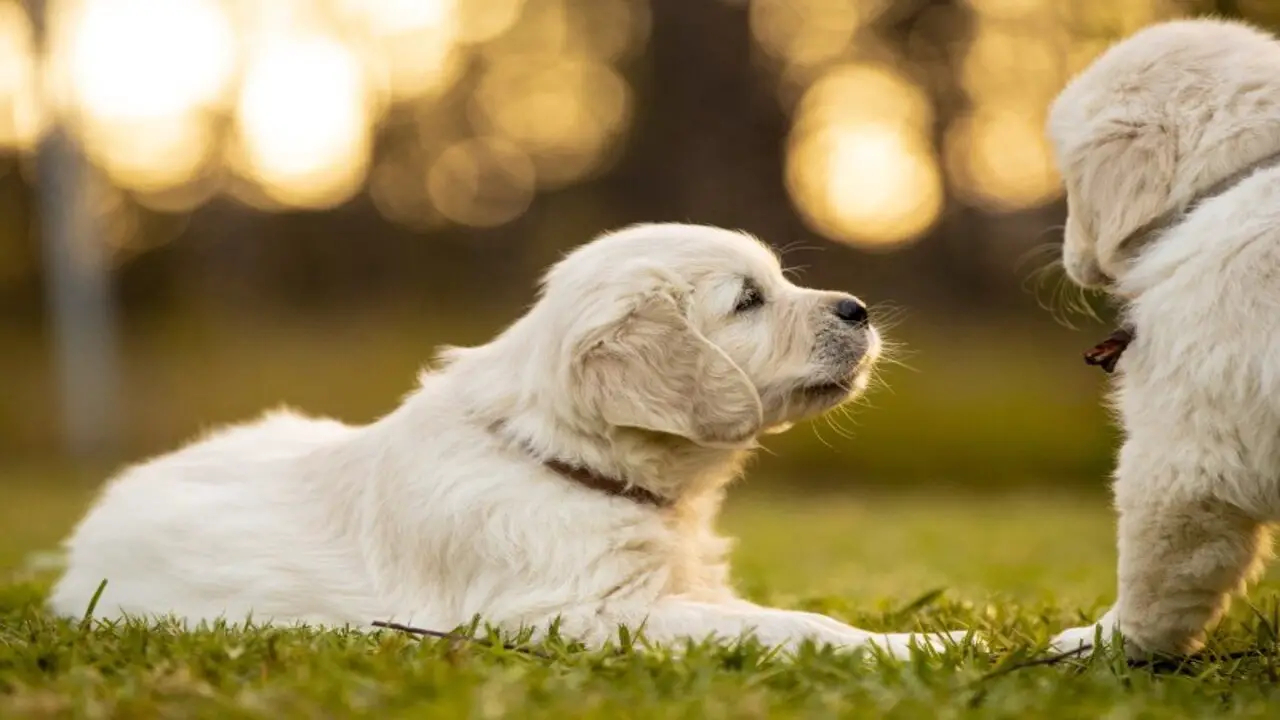
Start with brief periods of supervised interaction and gradually extend the duration. Observe their behaviour during longer sessions to ensure it remains positive. If any signs of aggression or discomfort arise, revert to shorter sessions and progress slowly.
Reinforce positive associations by rewarding them for calm and friendly interactions. Incorporate them into shared activities, such as walks or playtime, gradually. By taking these steps, you can help your dogs bond and create a happy home for your resident and newcomer.
Seek Professional Help If The Problem Persists Or Escalates
If your efforts to help your dogs adjust and bond are not yielding positive results, it may be time to seek professional help. Consulting a professional dog trainer or behaviourist can guide you and support you need. They will be able to assess the situation and offer tailored advice based on the specific dynamics of your dogs.
With their expertise, they can identify any underlying issues and create a customized training plan to address them. Techniques such as desensitization or counter-conditioning may be recommended to help your dogs overcome their challenges. Remember, it’s important not to hesitate to seek help if the problem persists or worsens despite your best efforts.
Be Patient And Consistent In Your Training And Management Approach
Changing the dynamics between your two dogs will require time and consistency. It’s important to remain calm and patient throughout the process, as stress and frustration can negatively impact their behaviour. Stick to a consistent routine and training plan to establish clear expectations for both dogs. Be sure to reward and reinforce positive behaviours consistently to encourage progress. With time, patience, and consistency, your dogs can develop a positive relationship, creating a happy and harmonious home environment.
Celebrate Small Victories And Progress In Their Relationship
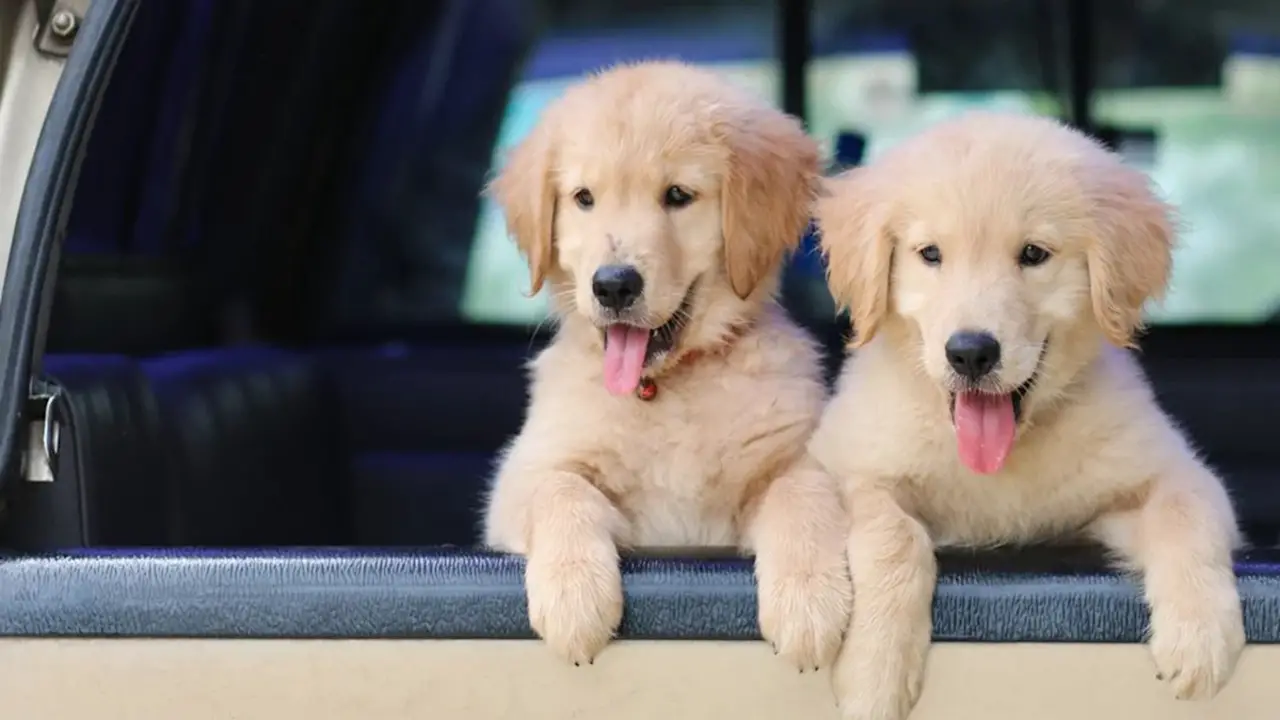
Acknowledging and rewarding those small moments of progress in your dogs’ relationship is important. When your older dog interacts positively with the new puppy, make sure to give them praise and treats. Celebrate when they are in the same room without any growling or aggression.
Take note of any improvements in their behaviour towards each other and show appreciation for any signs of bonding or playfulness. Don’t forget to recognize and reward your older dog’s patience and tolerance towards the new puppy. These small victories will contribute to a happier and more harmonious household.
Conclusion
Introducing a new puppy to your dog can be a challenging process. It’s important to understand that each dog has their unique personality and may need time to adjust to the new addition. Patience, consistency, and positive reinforcement are key in helping your dog overcome their fear or discomfort.
Creating separate spaces, providing individual attention, and gradually increasing their time together can also help ease the transition. Remember to supervise their interactions and intervene to ensure everyone’s safety. If the problem persists or escalates, don’t hesitate to seek professional help.
With time, patience, and perseverance, you can foster a positive and harmonious relationship between your dog and the new puppy. We have provided bulk information on why my dog runs away from new puppy and hope our information was helpful from your perspective.
Frequently Asked Questions
Why Does My Dog Run Away From A New Puppy?
There can be several reasons why your dog runs away from a new puppy. It could be due to fear, anxiety, or territorial behaviour. To address this issue, introduce the dogs gradually and under supervision. Provide separate spaces for each dog to retreat and consult a professional trainer for guidance if needed.
How Long Does It Take For A Dog To Get Used To A New Puppy?
It typically takes a few days to weeks for a dog to adjust to a new puppy. Introduce them in a neutral area, supervise their interactions, and gradually increase their time together. Provide attention and positive reinforcement to both dogs during this transition.
How Do I Get My Dog To Bond With My New Puppy?
Introduce your new puppy to your dog gradually and in a controlled environment. Offer plenty of attention and positive reinforcement when they interact well. Allow them to establish their bond over time without forcing interactions. Consider seeking professional advice if the bonding process isn’t going smoothly.
What To Do When Your Dog Hates The New Puppy?
To help your dog adjust to the new puppy, create separate spaces for both dogs to prevent conflict. Gradually introduce them to each other under supervision and reward positive behaviour, like calmness and playfulness. Consider consulting a professional trainer for additional assistance.
Is It Normal For Dogs To Be Afraid Of New Puppies?
It is common for dogs to feel afraid or threatened by new puppies due to their energy and playfulness. To help them adjust, introduce the dogs slowly and under supervision. Give them space and avoid forcing interaction if they are uncomfortable.

Aquarium passion is all about connecting with the aquatic life and providing education to the public on the importance of these creatures. We showcase a wide variety of marine life through our exhibits as well as working with schools to provide unique learning opportunities for students of all ages.

